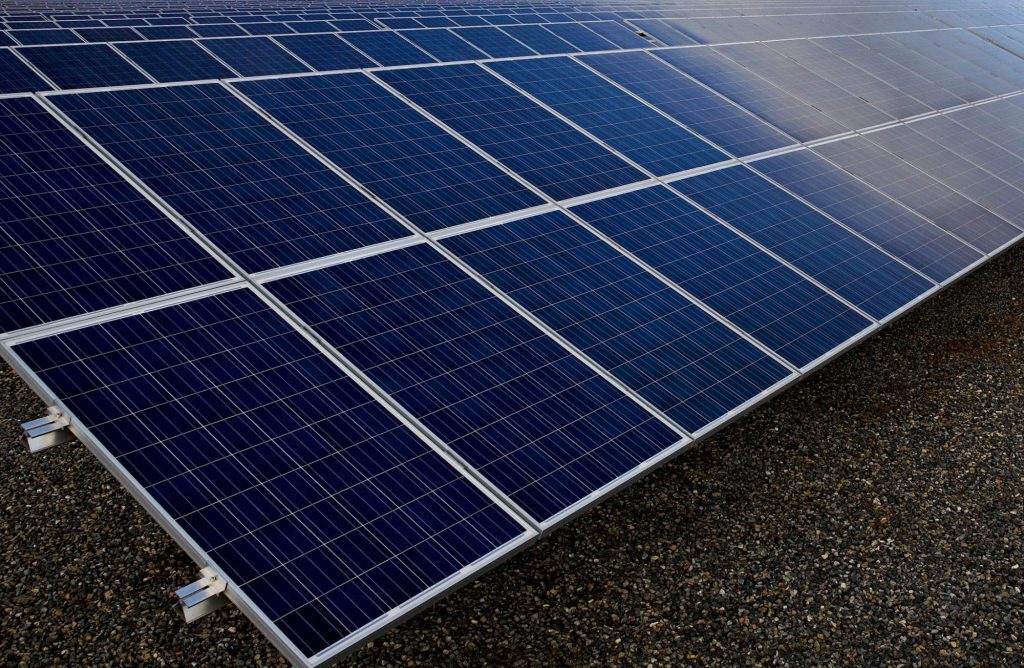
Previous Solar Wars articles reported on the numerous claims for breach of the Energy Charter Treaty (ECT) by EU investors against EU states such as Spain following the curtailment of those states’ renewable incentive schemes.
After a couple of initial setbacks, more and more investors have obtained awards in their favour, and the battleground has moved onto whether those awards are enforceable. In the latest twists in this tale, it appears that the EU itself might find itself being pursued by investors.
The EU, the ECT and Achmea: a reminder
The Court of Justice of the EU (CJEU) in Slovak Republic v Achmea (Case C-284/16) held that intra-EU investor-state arbitrations under bilateral investment treaties between EU states violated EU law. ECT arbitral tribunals have consistently rejected the application of Achmea to ECT claims, pointing out amongst other things that the ECT is a multilateral treaty to which the EU itself is a party. The latest award rejecting objections to jurisdiction on the basis of Achmea was handed down on 7 May 2019 in Eskosol S.P.A. v Italy (ICSID Case No. ARB/15/50).
The European Commission (EC), on the other hand, made it clear that it considers that Achmea applies to ECT arbitrations; and that Member States should not pay out on awards made against them, as that would constitute illegal state aid. In practice, therefore, a successful investor would have to try to enforce its award via the courts of a state in which the respondent Member State has assets. In the EU, it is likely to be faced with arguments that the award cannot be enforced for breach of EU law. Consequently, successful investors have had to try to enforce their awards outside the EU.
No speedy resolution
In Solar Wars Part VIII, it was postulated that the applicability of Achmea to ECT arbitrations would soon be resolved for once and for all. The award rendered against Spain in Novenergia v Spain (see Solar Wars Part IV) is currently being appealed to the Svea Court of Appeal in Sweden, and Spain had asked the court to refer the question of the applicability of Achmea to the ECT to the CJEU. From the point of view of EU law, therefore, this question would be finally resolved by the CJEU’s judgment on such reference.
In a surprising twist, though, on 25 April 2019 the Svea Court of Appeal refused this request, saying that it did not currently see any reason to obtain a preliminary ruling from the CJEU – i.e. the evidence and arguments already presented would be sufficient to decide the appeal.
It is possible that that decision itself might be overturned on appeal, or that the Svea Court of Appeal decides that it should make a reference at a later stage in the proceedings. But for now, there is no sign of an early, definitive resolution to this question.
The battle widens
The position therefore remains uncertain, and within the EU, enforcement of intra-EU ECT awards will continue to be resisted on Achmea grounds, leading to lengthy and costly enforcement proceedings which could eventually involve a referral to the CJEU.
Consequently, Novenergia and other investors are seeking to enforce their awards in the USA. However, this is no straightforward matter. In the District of Columbia, where Novenergia seeks to enforce its award, Spain has applied for the enforcement petition to be dismissed on the basis of Achmea, and the EC itself has applied for leave to submit arguments in support of Spain. Meanwhile, Hungarian oil and gas company MOL also applied to file submissions, but in support of Novenergia, because MOL itself is pursuing an intra-EU ECT claim (against Croatia).
Claims against the EU?
Against this background comes the news that the EU itself has been threatened with an ECT claim. On 12 April 2019, Nord Stream 2 AG (a Swiss company wholly-owned by Gazprom), sent a letter to Jean-Claude Juncker, President of the EC, notifying him of potential breaches of the ECT by the EU arising out of amendments to the EU’s 2009 Gas Directive that would extend gas market liberalisation rules to cover gas pipelines importing from non-EU countries.
This is the first time that an investor has threatened the EU – which is a signatory to the ECT – with a claim for breach of the ECT’s protections. While sending a letter does not constitute the commencement of proceedings, or even indicate that such a step is imminent, it is significant that an investor has considered enforcing its rights against the EU rather than a Member State.
Could it be argued that the EC’s Decision of 26 December 2017 (see Solar Wars Part III) and directions to Member States not to pay awards constitute a breach by the EU of its ECT obligations? Could the EU’s enactment of the various laws and treaties forming the basis for the Achmea judgment be a breach of the ECT protections of investors? Could an investor, denied enforcement of its award, sue the EU instead of the relevant Member State? There are many hurdles to overcome, but in theory such a claim might offer a last-ditch, high stakes solution.
An itch one cannot scratch
Despite the EC’s and Member States’ best efforts to shut down the stream of intra-EU ECT claims, they have become the itch that cannot be scratched, and now an essentially intra-EU issue is playing out in the courts of the USA. Is the EU about to be defeated in a jurisdiction far, far away?